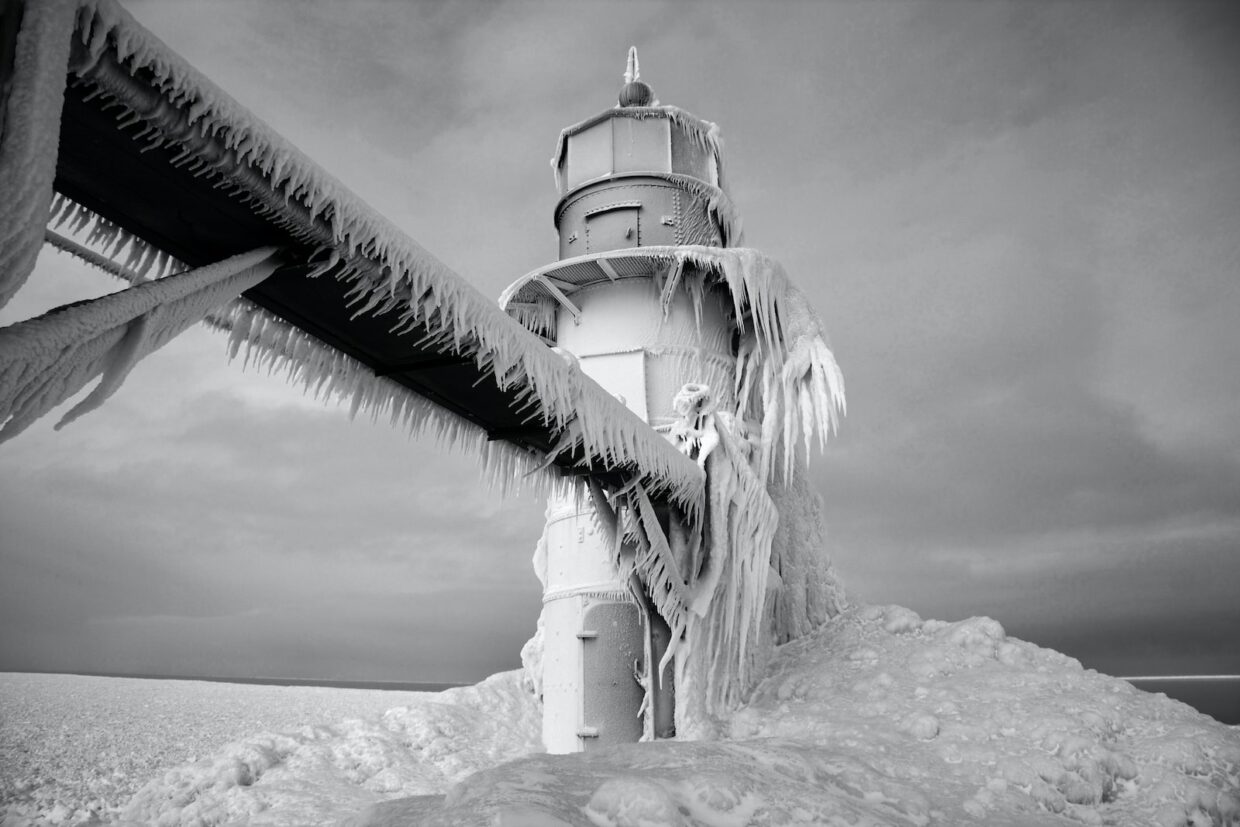New Zealand’s climate is renowned for its unpredictable and volatile weather, and its unique topographical features contribute to this variability. In this article, we’ll explore the impact that New Zealand’s weather has on its infrastructure, as well as how the country is adapting to this ever-changing environment.
Understanding New Zealand’s Weather
New Zealand is located in the southern hemisphere and has a temperate climate with a narrow range of temperatures. The country experiences four distinct seasons—summer, autumn, winter and spring—all of which are characterized by different conditions. During the summer months, between December and February, temperatures are typically mild and pleasant, with maximum temperatures ranging from 15-20°C across the country.
The winter months of June to August also bring milder temperatures, with the North Island usually experiencing more rain and lower temperatures than the South Island. While snowfall is common in some areas, it is not widespread.
New Zealand is regularly subject to extreme weather conditions, such as heavy rainfall, thunderstorms, hailstorms, and strong winds. In addition, the country is prone to hurricanes, tropical cyclones and tornadoes, which can bring destructive winds and flooding to affected regions.
The Impact on Infrastructure
New Zealand’s infrastructure—including roads, bridges, and airports—is at risk of being damaged or destroyed due to the country’s unpredictable weather. Heavy rain and floods can lead to landslips and erosion, which can damage roads and bridges. High winds can weaken structures and disrupt air traffic, while thunderstorms can cause power outages and disrupt communication networks.
In addition to physical damage, the country’s weather can have a long-term economic impact. Natural disasters, such as floods and earthquakes, can damage infrastructure and disrupt businesses. This can have a significant financial impact, as businesses struggle to rebuild or maintain operations.
Adapting to the Climate
To mitigate the impact of New Zealand’s weather on infrastructure, the government is taking several steps to adapt to the changing climate.
Improved Technology: The government is investing in new technology and systems to monitor and respond to natural disasters. This includes investing in new sensors, drones, high-resolution imaging and other methods of data collection. This data is used to inform decisions about resilience and response.
Improved Planning: The government is also investing in new urban planning and zoning regulations. This includes taking into account natural disasters, as well as population trends, to create resilient and adaptive infrastructure.
Collaboration: The government is also encouraging collaboration between public, private and non-profit organizations in order to better understand the risks posed by extreme weather and respond effectively.
Conclusion
New Zealand’s weather is unpredictable and can cause significant damage to the country’s infrastructure. The government is taking steps to adapt to this ever-changing climate, by investing in improved technology, improved planning and increased collaboration. By doing so, New Zealand can become more resilient to the effects of extreme weather and better protect its infrastructure.






